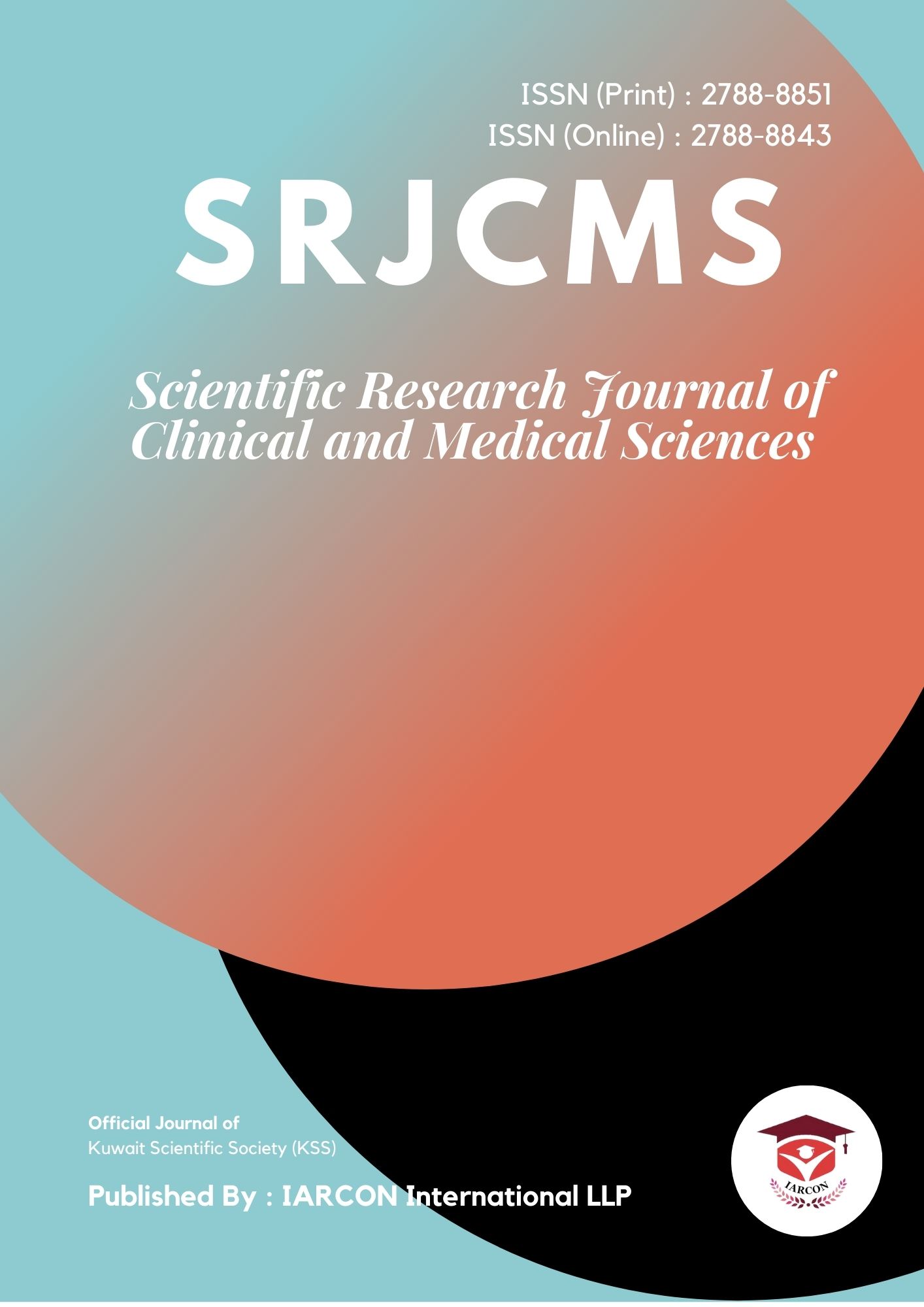Clinical Profile of Myocardial Infarction among Young Adults: A Comprehensive Review
Background: Myocardial infarction (MI), commonly known as a heart attack, is increasingly being observed in younger populations. Traditionally associated with older adults, the rising incidence of MI in individuals under 45 years poses significant public health challenges. The clinical profile, risk factors, and outcomes in young adults with MI differ from those in older populations. Objective: This review aims to provide a comprehensive overview of the clinical characteristics, risk factors, and outcomes of myocardial infarction among young adults. Methods: A detailed review of literature was conducted using key databases, including PubMed and MEDLINE. The review synthesizes data from clinical studies, case reports, and population-based research to present an up-to-date understanding of MI in young adults. Results: Young adults with MI often present with atypical symptoms and have a different risk factor profile compared to older patients. Smoking, dyslipidemia, and family history of coronary artery disease are predominant risk factors in this population. Despite having fewer comorbidities, young adults with MI may have worse long-term outcomes due to delayed diagnosis and aggressive disease progression. Conclusion: Understanding the clinical profile of MI in young adults is crucial for improving early detection, intervention, and prevention strategies. Targeted public health initiatives and personalized treatment approaches are needed to address the unique challenges posed by MI in this age group.

